Hey, I'm Lisa! My last article was about summer-parties and the averted end of steppenstrolch – and, of course, why I'm a big fan of steppenstrolch and why you might want to be too. As a geographer by training, I have travelled extensively to different parts of the world to study the topics of value creation, sustainability and fair trade. Today I would like to take you on a trip to Mongolia.
Value creation in a globalised world
In our increasingly globalised world, value creation is an important topic that is widely discussed at national and international level. Global supply chains in the textile industry often pose enormous challenges that have negative environmental and social impacts for future generations. Long transport routes and a large number of intermediaries not only contribute to the CO₂-emissions but also make the traceability and transparency of products and their manufacture more difficult. Materials and raw materials are often transported across the globe, and thousands of kilometres can quickly accumulate between washing, dyeing, spinning and weaving. The long supply chains make it difficult for outsiders and end customers to understand where the clothing was produced and whether fair wages and safe working conditions can be guaranteed there. The often opaque structure of global supply chains means that brands and consumers usually have little to no insight into the actual production conditions.
These complex networks allow large companies to resort to the most favourable production countries, but often at the expense of human rights and environmental responsibility. By outsourcing to countries with less stringent labour laws, many companies risk workers working in poor conditions, and it is not uncommon for cases of wage inequality, forced labour and even child labour to occur.
Central to our business is a , because we are thus able to ensure fair and transparent conditions for animals and humans during production. This means that our wool comes from nomadic families and communities in Mongolia and is processed in the capital. This means that the added value remains in the country and we have an overview of the individual work steps without having to rely on dubious international middlemen. This short, local supply chain gives us the opportunity to, contractually with the producers and purchasers of the wool.
Value creation in Mongolia
The sheep, camels and yaks whose wool is used in our products live in the Mongolian steppe and desert. The people there lead a traditional life as nomads with their animals. The days follow a fixed rhythm: in the morning at sunrise, the young animals and mothers are separated from the herd and driven to the watering hole. In the evening, all the animals return, often close to the yurt or to the fortified stable. While camels and yaks are well protected from smaller predators, the sheep and goats must always be brought back to the safety of the yurt at dusk. When the harsh winter is over and the steppe turns green again, it is time to remove the winter coats from the sheep and camels. The whole nomad family lends a hand shearing the animals and the fine yak wool is combed out by hand. The close connection between the nomads and their animals is more than just an economic necessity; it is based on a deeply rooted cultural practice that is essential for the preservation of this way of life.
In spring, when the temperatures become milder and the steppe begins to turn green, it is time for shearing. This is an elaborate process that involves the entire nomadic family. The sheep and camels are stripped of their thick winter coats that have protected them during the cold months. The particularly fine hair of the yaks is combed out by hand from the animals' undercoat. This method of wool production is often categorised as particularly sustainable, as it consumes little energy and respects the life cycle of the animals. Scientific studies also show that sustainable wool production in such communities makes a direct contribution to the local economy and the preservation of culture by supporting the nomads in their independence and traditional way of life.
From wool to woolen goods
However, before the wool is transformed into our high-quality products, it undergoes a series of careful processing stages in the capital Ulaanbaatar. Firstly, the raw wool is sorted, gründlich gewaschen, enthaart und schließlich spun. The cleaned fleece is turned into yarn, which is dyed if necessary - especially in the case of sheep's wool - to create the beautiful, natural colour variations of our sheep's wool socks.
For the processing of camel wool, we work closely with anbaatar which specialises in the production and finishing of this special material. As soon as the fine fleece comes out of the machines, a series of further production steps and precise manual labour are required to achieve the desired quality standards. This is how our end product is gradually created - the cosy, warm socks that you can finally hold in your hands.
Before the finished products are packaged and sent to us in Aachen, they undergo a thorough quality check. We also check the textiles again in Aachen before they are sent to our online shop, our shop in the Wirichsbongardstraße in Aachen, to our new Pop-up-Store in Berlin and at various .
Fair conditions for all parties involved
This is what motivates us: we want to show that textile production can be organised fairly and transparently. Our contracts stipulate that women receive equal pay for equal work. We also ensure safe and healthy working conditions. We have agreed binding labour standards with our producers that exclude forced labour and exploitative child labour and check these during our on-site visits. Some nomadic families organise themselves into cooperatives that help them to achieve better prices for their high-quality wool. Especially in the harsh landscapes of Mongolia, which are exposed to extreme weather conditions, the stable purchase of raw wool means an improved livelihood.
Climate change particularly affects these regions of the world with already extreme conditions. We do not strive to maximise profits at the expense of the producing countries, but want to explain transparently why our clothing has its price - and why this can vary depending on the production costs.

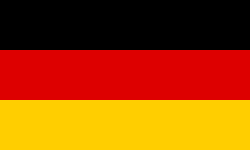
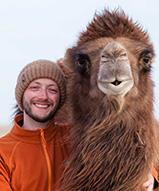
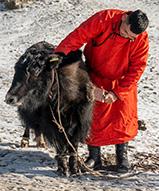
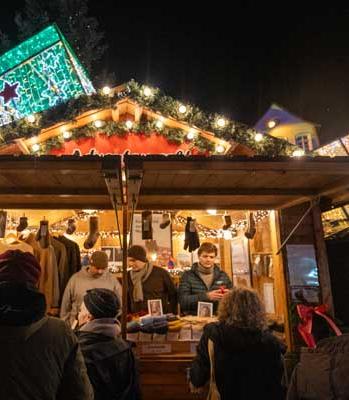

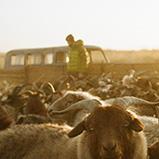
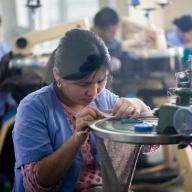
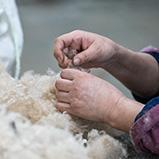
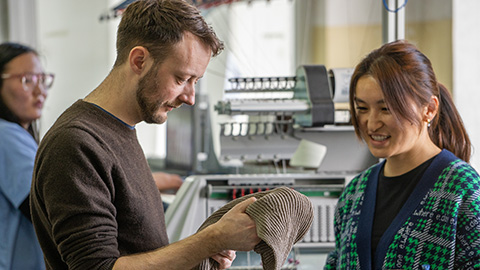
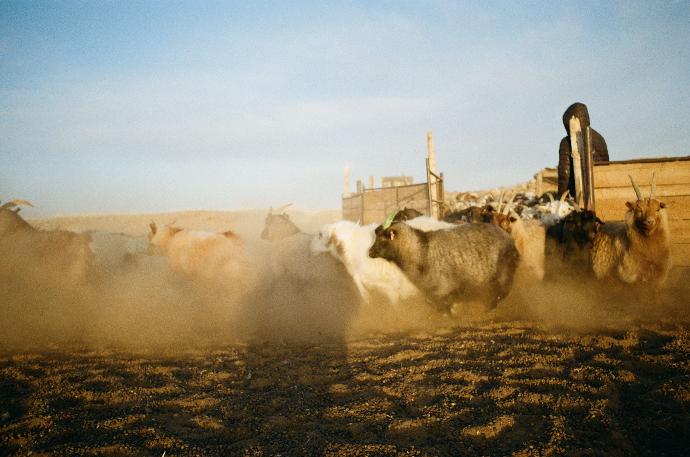
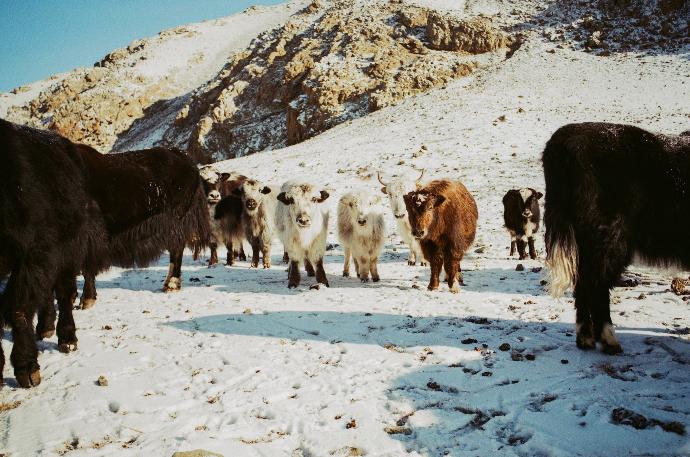
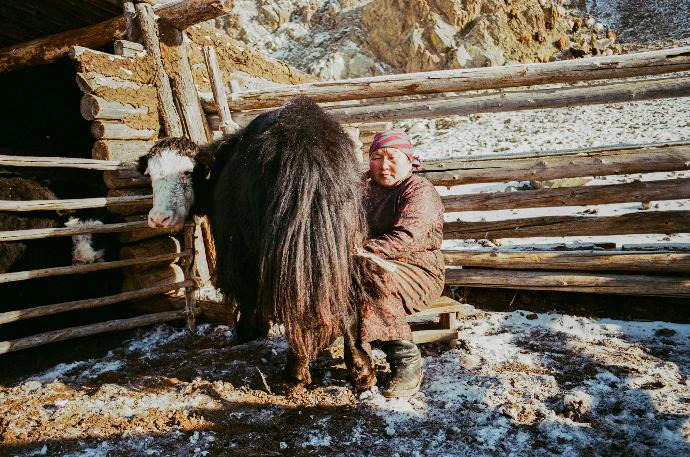
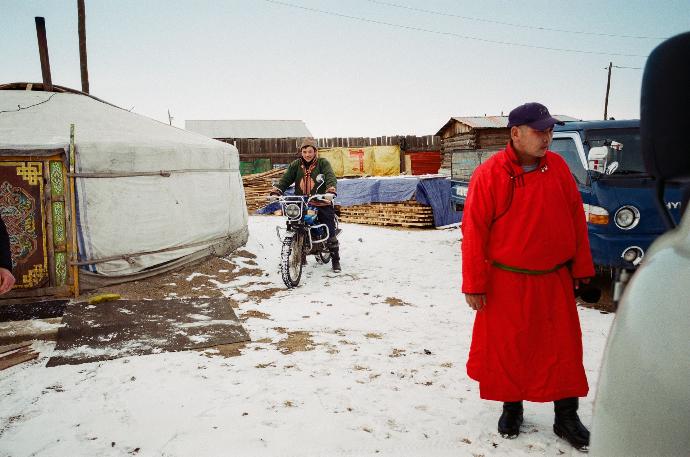

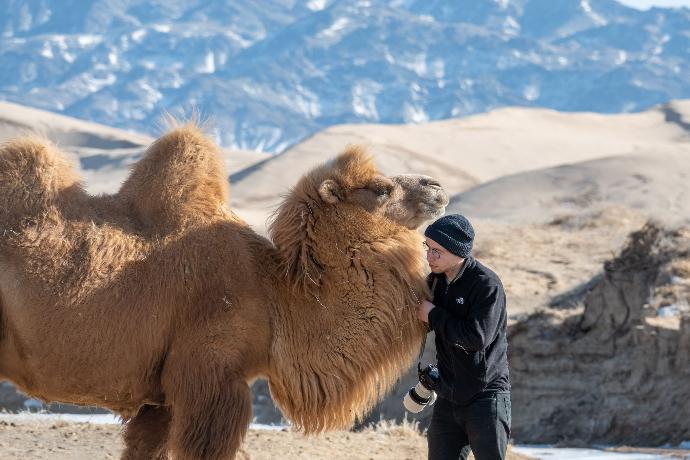
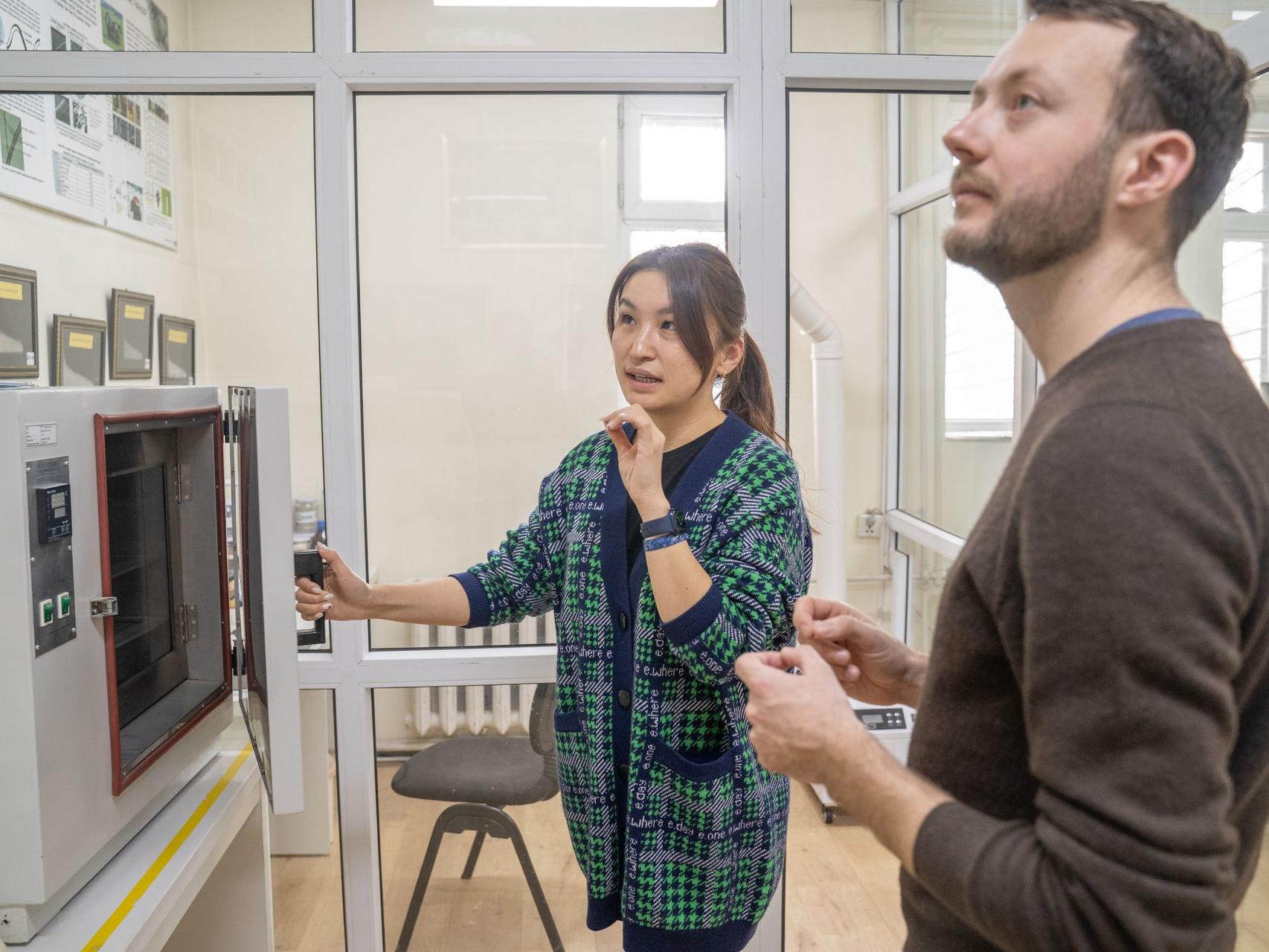
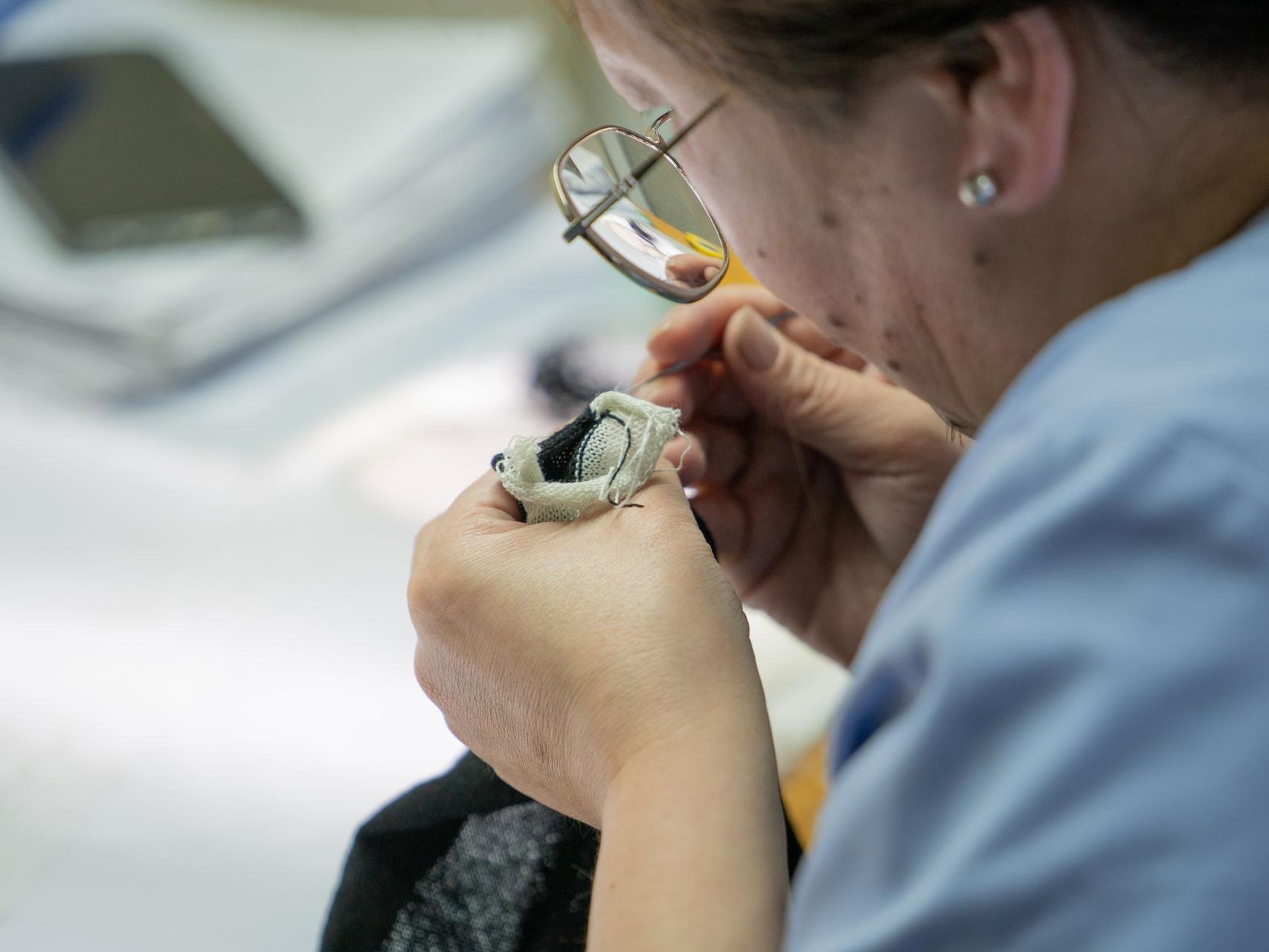
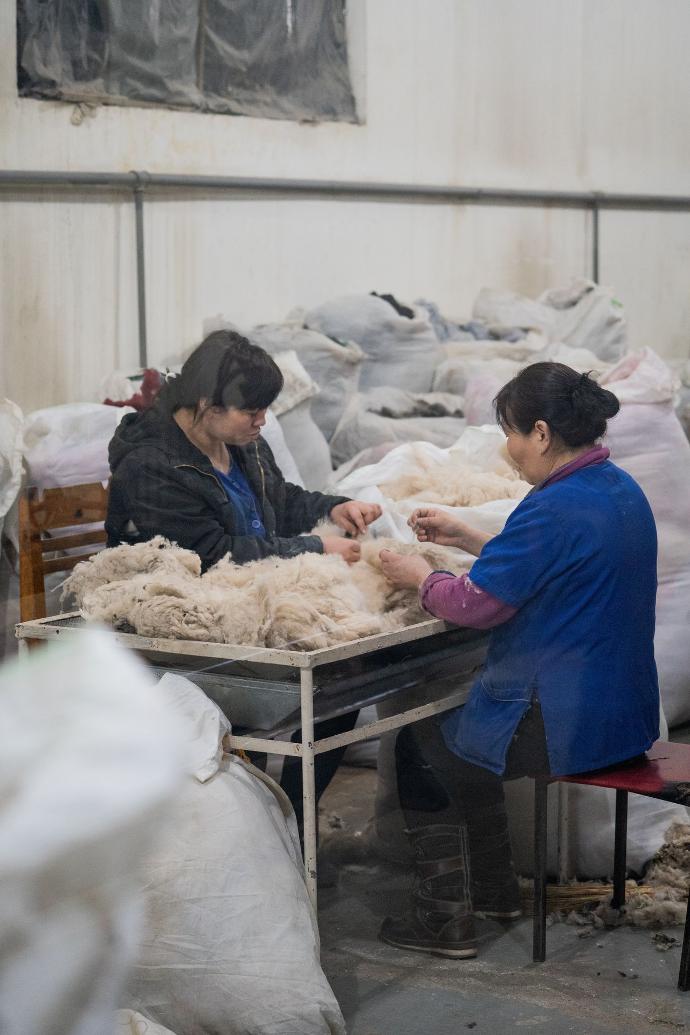

From the nomadic country to you.